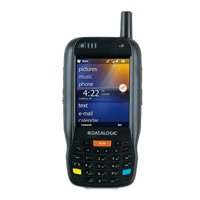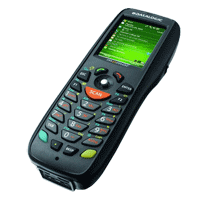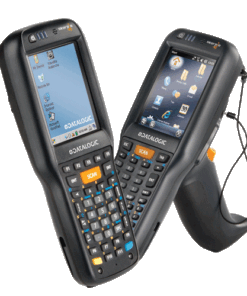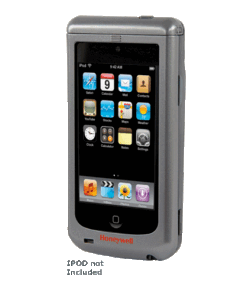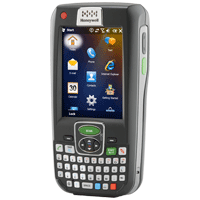Data collectors, also known as data collection devices or mobile data terminals, are handheld electronic devices used to capture, store, and transmit data in various industries and applications. These devices are designed to streamline data collection processes, improve accuracy, and enhance efficiency in field operations. Here are some key features and aspects of data collectors:
1. **Barcode Scanning**: Many data collectors are equipped with built-in barcode scanners or imagers that allow users to quickly and accurately capture barcode data from products, inventory items, or assets. This enables fast and efficient identification and tracking of items in warehouses, retail stores, manufacturing facilities, and other environments.
2. **RFID Capability**: Some data collectors support RFID (Radio Frequency Identification) technology, which enables contactless data capture and tracking of RFID-tagged items. RFID data collectors can read RFID tags from a distance, speeding up inventory management, asset tracking, and supply chain operations.
3. **Data Entry and Input**: Data collectors feature keyboards, touch screens, or keypads for manual data entry and input. Users can enter alphanumeric data, numeric data, or other types of information directly into the device using these input methods.
4. **Wireless Connectivity**: Data collectors typically support wireless connectivity options such as Wi-Fi, Bluetooth, or cellular (3G/4G/5G), allowing users to transmit data in real-time or batch mode. Wireless connectivity enables seamless integration with backend systems, cloud services, or databases, facilitating data synchronization and workflow automation.
5. **Rugged Construction**: Data collectors are built to withstand harsh environments, rough handling, and outdoor use. They are often ruggedized to withstand drops, shocks, vibration, moisture, dust, and extreme temperatures. Rugged construction ensures durability and reliability in field operations such as inventory management, asset tracking, and field service.
6. **Long Battery Life**: Data collectors are powered by rechargeable batteries that provide long-lasting operation between charges. Extended battery life ensures uninterrupted use during extended shifts or field missions, reducing downtime and increasing productivity.
7. **Operating System and Software**: Data collectors run on specialized operating systems such as Windows Embedded Handheld, Android, or proprietary platforms. They come pre-installed with data collection software, applications, or development tools for specific industry applications, customization, and integration with backend systems.
8. **Data Storage and Memory**: Data collectors have built-in storage capacity (e.g., flash memory, SD card) for storing captured data, applications, and configurations. They also feature onboard memory (RAM) for running applications and processing data efficiently.
9. **Barcode Printing**: Some advanced data collectors are equipped with built-in barcode printers, allowing users to print barcode labels or receipts directly from the device. Barcode printing capability enhances on-the-go labeling, ticketing, and documentation tasks in field service, logistics, and retail operations.
10. **Accessories and Mounting Options**: Data collectors may come with a range of accessories such as holsters, straps, cases, vehicle mounts, and docking stations for convenient carrying, mounting, and charging options in different work environments.
Overall, data collectors are versatile tools that enable efficient and accurate data collection, tracking, and management in various industries such as logistics, retail, healthcare, manufacturing, transportation, and field service. By leveraging the capabilities of data collectors, organizations can improve productivity, reduce errors, and optimize workflow processes in their operations.
Data Collectors
Data Collectors
Data Collectors
Data Collectors
Data Collectors
Data Collectors
Data Collectors
Data Collectors
Data Collectors
Data Collectors
Data Collectors

